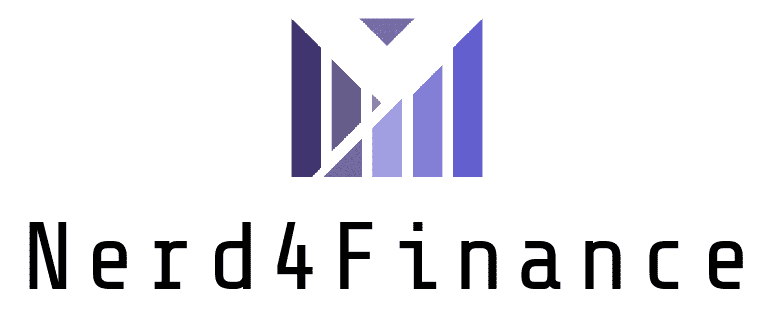BlockFi is a privately-held New Jersey-based lending platform founded in 2017. The BlockFi Interest Account is one of the only cryptocurrency storage options that offer rates that are competitive with most non-cryptocurrency account interest rates.
BlockFi allows users to earn compound interest on cryptocurrencies such as BTC, ETH, LTC, USDC, USDT, GUSD, and PAXG.
– It keeps cryptocurrency deposits secure. BlockFi’s cryptocurrency holdings are held by the Gemini Trust Company, which is regulated by the New York Department of Financial Services.
– It’s available worldwide, outside of sanctioned or watch-listed countries.
– Allows for anytime withdrawals. However, it’s worth noting users only get one free withdrawal per month.
– It offers simple and easy registration, with all the basic “Know Your Customer” KYC stuff you’re probably used to providing.
BlockFi is a fairly attractive option for individuals that have a beginner to moderate level proficiency with digital assets. The platform now offers direct ACH deposits, so it requires minimal cryptocurrency literacy.
Compared to more traditional investment accounts, BlockFi offers 43x more than “high-interest” savings accounts with Ally Bank (0.2%) and 4.7x than WealthFront (1.82%). However, it’s worth noting that BlockFi deposits aren’t FDIC insured, so BlockFi account shouldn’t be considered a savings account. It’s an investment account with a unique set of risks that traditional fiat savings accounts in banks do not.
BlockFi is a spread business that makes money by borrowing capital at a certain rate (the interest rates it pays to users) and lends it a higher rate (the interest rates it offers for BTC/ETH/GUSD loans). A BlockFi blog post notes that the company primarily works with institutional counter-parties to offer them liquidity. These borrowers consist of:
Traders and investment funds that seek arbitrage trading opportunities in a fragmented marketplace. They borrow cryptocurrency to close mispricing gaps between exchanges or dispersed markets. Margin traders will borrow to fuel their trading strategies.
Over the counter (OTC) market makers that connect buyers and sellers that prefer not to transact over public exchanges, often at a steep mark-up. These parties need to keep cryptocurrency inventory on-hand to meet demand. Since owning the cryptocurrency is very capital intensive and bears the risks of price volatility, OTC market makers will borrow from lenders such as BlockFi to facilitate their needs.
Other businesses that need an inventory of cryptocurrency to provide their clients with liquidity. This category includes businesses such as cryptocurrency ATMs that keep the majority of their cryptocurrency assets in cold storage and need some level of liquidity to function on a daily basis.
Whether or not BlockFi is worth it comes down to your risk profile and what you’re doing with your cryptocurrency. The BlockFi interest rates are quite competitive for the industry, and for some digital assets, industry leading.
If it’s just sitting on an exchange, you may as well reap the benefits of compounded interest. 10 BTC would turn into 10.6+ BTC in a year, a not insignificant gain of around $36,000 for the year. You could also receive the benefits or downside of Bitcoin’s price fluctuation, so keep that in mind.
However, it’s worth remembering that any time your cryptocurrency leaves your hardware wallets, it’s exposed to a higher degree of risk. If BlockFi or Gemini were to experience some (highly unlikely) catastrophic hack, your cryptocurrency would be at risk.
Our BlockFi review comes back positive. After speaking with team representatives, and with their support team on the client-side, we look forward to seeing BlockFi establish itself further in the space. Projects such as BlockFi simply existing provide cryptocurrency investors a much-needed diversification of revenue streams, something that die-hard HODLers have missed through the past few years.



